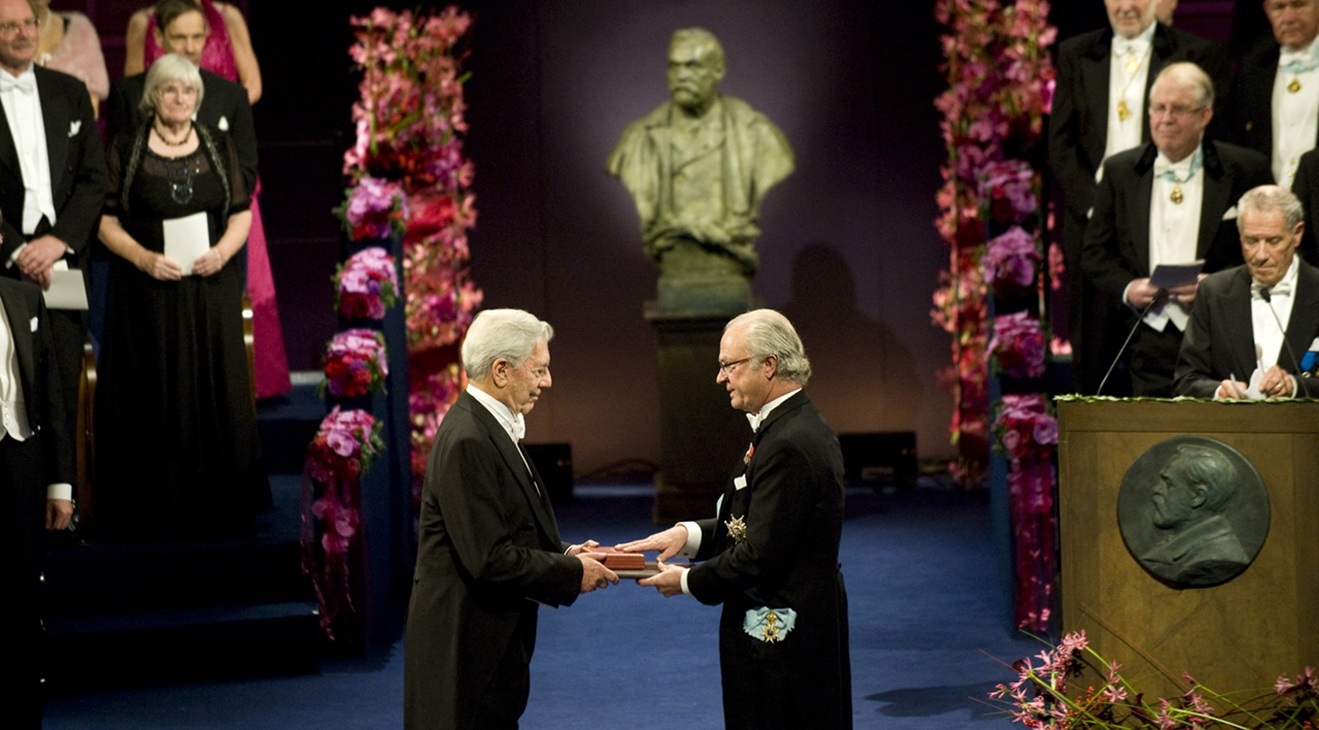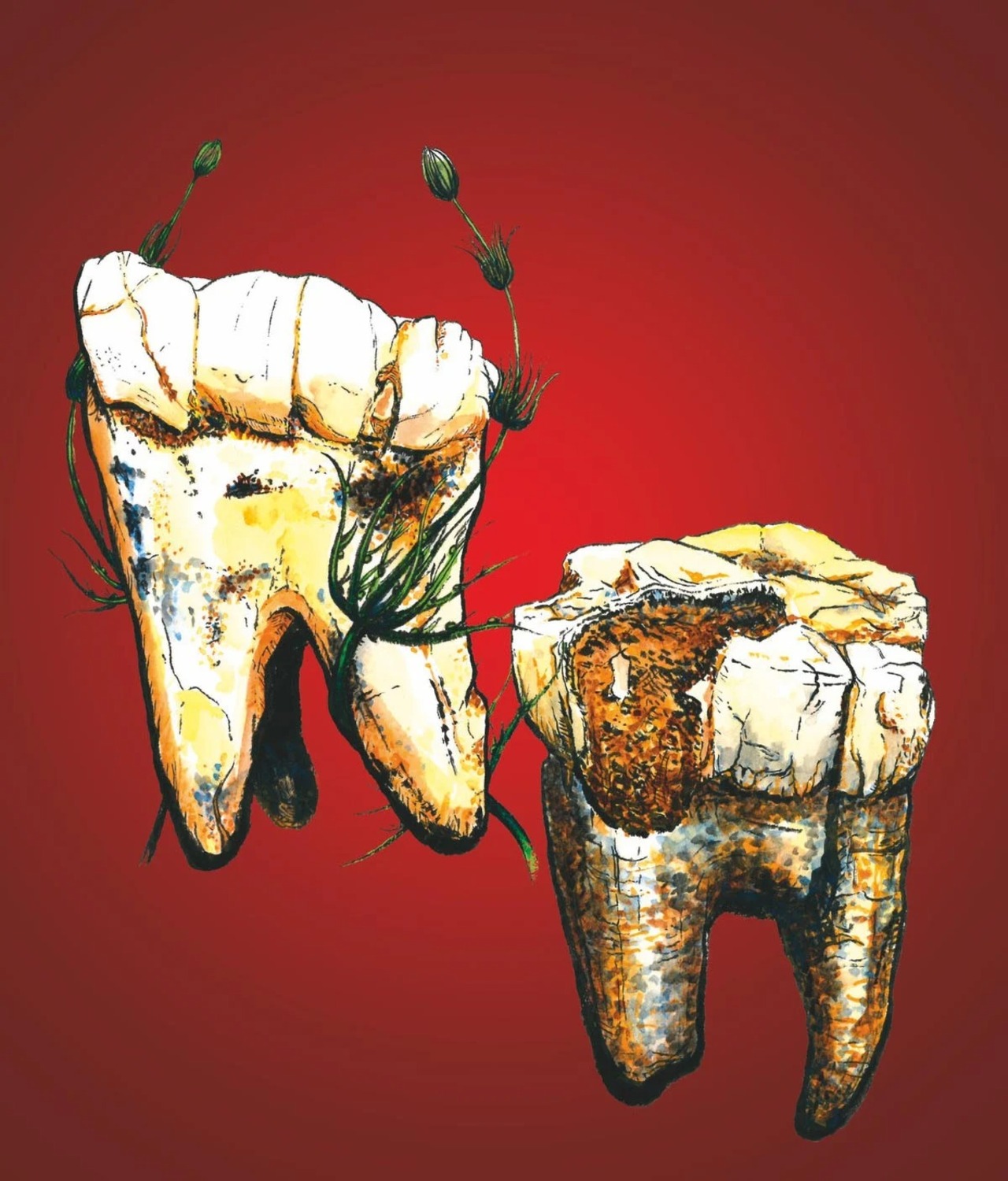
‘Being Brown’: The story of the first "Latina" Supreme Court Justice
Professor Lázaro Lima analyzes the spectacular life story of Sonia Sotomayor and how she became a model for Latinos
As a researcher of Latino Studies at Hunter College, CUNY, Professor Lázaro Lima is focused on exploring how the intersections of nationalism, race, language, gender, and sexuality have given rise to majority conceptions of "minority" subjectivity in the United States, and how subaltern affronts against entrenched notions of "American" cultural identity have transformed the nation.
Author of various books and documentaries, Professor Lima focused on the life of Sonia Sotomayor, the country's first Latina Supreme Court Associate Justice, as the subject of his latest book: Being Brown: Sonia Sotomayor and the Latino Question. The book tells the story of Sotomayor's rise to the pinnacle of American public life at a moment of profound demographic and political transformation.
While Sotomayor’s confirmation appeared to signal the greater acceptance and inclusion of Latinos — the nation’s largest “minority majority”— the uncritical embrace of her status as a “possibility model” and icon paradoxically erased the fact that her success was due to civil rights policies and safeguards that no longer existed.
RELATED CONTENT

As Professor Lima writes on his website, “the book ultimately analyzes and critiques how Sotomayor is admired in a way that is intelligible in contemporary American culture by making her represent the elusive fulfillment of an exhausted 'American dream.'"
According to Lima, Sotomayor becomes a figure through whom the character and promise of American political life can be articulated anew for scores of disenfranchised nationals by substituting the political dirty work of inclusion required in democratic practice with the simulacrum of inclusion offered through the American life story of social mobility and success through assimilation.
"Lima's book makes several crucial contributions. First, it is based on the intersections of various disciplines, such as American, Latin American, and Latino studies with ethnic, queer, gender and cultural studies, allowing for interdisciplinary readings that focus on the multiple dimensions of cultural productions. Second, Lima combines solid historiographical research with literary and cultural analysis, promoting critical interventions that are not seduced by empty impositions of 'high' or 'abstract' theory on literature as a primary, untheorized discourse; on the contrary, Lima takes into consideration each text's very specific context of production [...],” wrote Yolanda Martínez-San Miguel in Centro, the Journal of the Center for Puerto Rican Studies at Hunter College, CUNY.
A scholar and documentary filmmaker, Lima's work focuses on the political, historical, juridical, and cultural industries that enable Latino democratic legibility and participation to emerge in civil society.
Lima’s books include The Latino Body: Crisis Identities in American Literary and Cultural Memory (NYU Press, 2007), Ambientes: New Queer Latino Writing, with Felice Picano (U of Wisconsin Press, 2011), and Being Brown: Sonia Sotomayor and the Latino Question (U of California Press, 2019).












LEAVE A COMMENT: